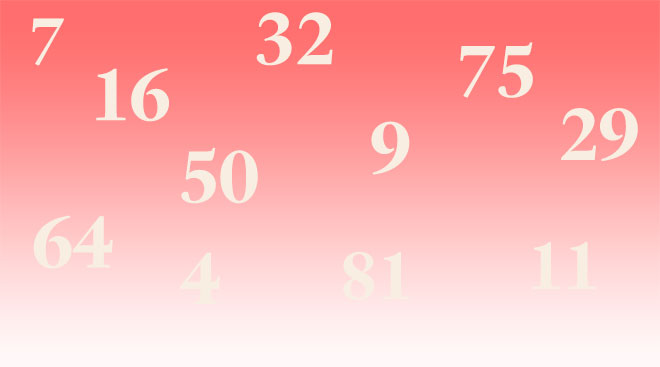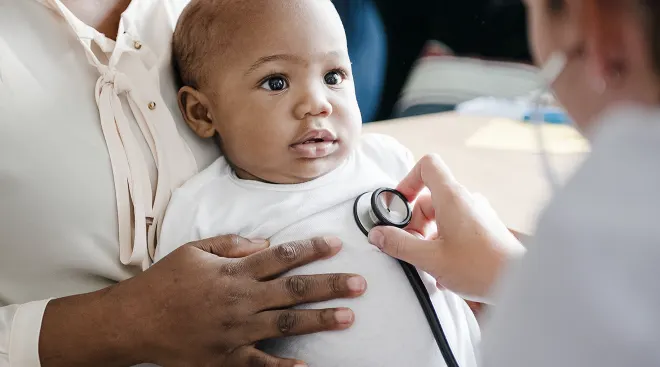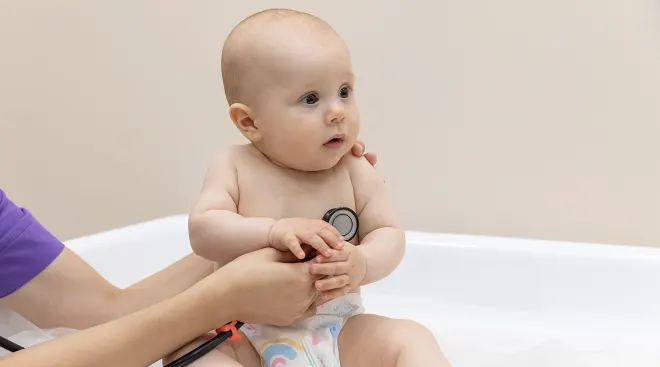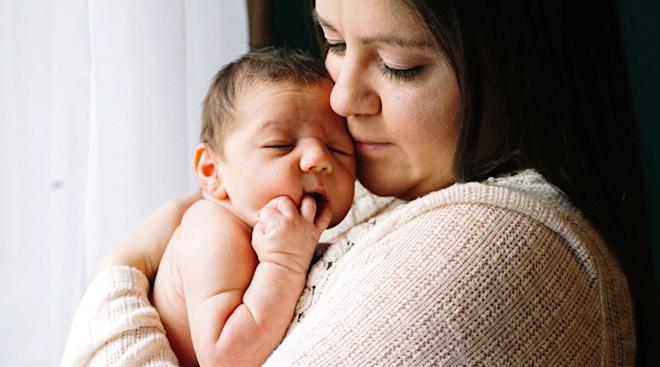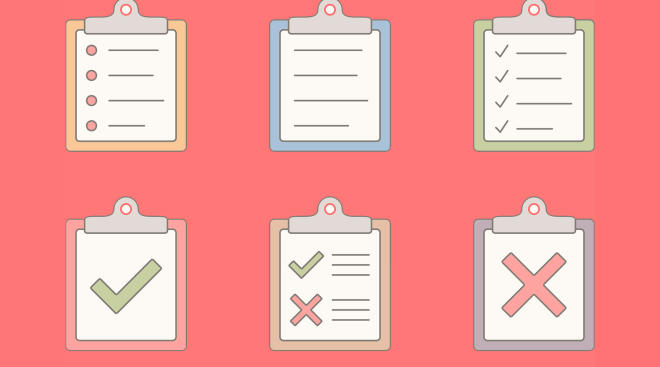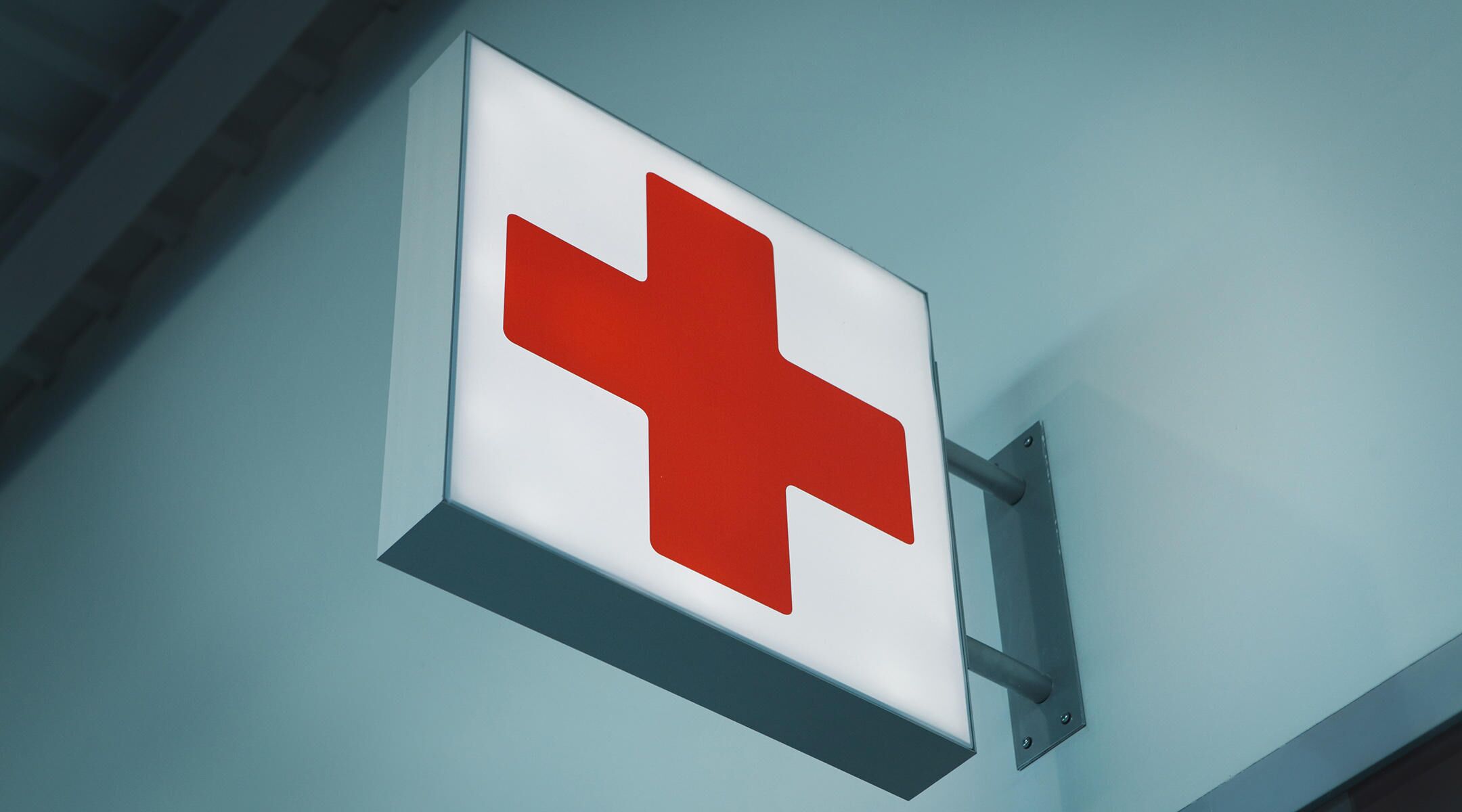The Truth About Baby Percentiles
It seems like just yesterday everyone finally stopped asking about your newborn’s Apgar score. Do they really have to get started on baby percentiles too? Could we just give the kid a break? Besides, it’s silly to compare scores. Unlike with SAT scores, a higher, say, baby height percentile doesn’t necessarily mean she’s better off than a baby with a lower one. A higher number is just a number, and a number by itself isn’t very interesting. What’s more meaningful is comparing the growth measurements of the same child from month to month.
“We like to see that babies are growing along their curve,” says pediatrician Dyan Hes, MD, medical director of Gramercy Pediatrics in New York City. “They may be up 8 percent from your last visit or 10 percent from your last visit, but you don’t want them straying too far from their own growth chart—either up or down.”
Children under 2 have their baby percentile charted according to the World Health Organization’s (WHO) growth charts; after 2, they’re plotted on the Centers for Disease Control and Prevention’s (CDC) growth charts. Read on for all the information you need to know about baby percentiles and what they really mean.
Pediatricians use a baby percentile chart to make sure baby is growing at a healthy rate. Height, weight and head circumference, not to mention age (especially for babies born prematurely), are all taken into account and plotted on a growth chart at each checkup. That chart is then compared to the average measurements for your child’s gender and age.
Now, this is where parents sometimes get confused, nervous or panicky. Does baby’s head seem big compared to her height? Is it bad that she’s only 10th percentile in height? Relax. Whether baby falls into the high or low range isn’t typically a cause for alarm. Every child is unique and grows at her own pace. As long as you make sure baby doesn’t miss her checkups, your pediatrician can let you know if there’s a concern and if baby needs to be brought in more frequently. For baby’s first year, checkups are typically scheduled at months 1, 2, 4, 6, 9 and 12.
“It’s really about being vigilant,” Hes says. By tracking baby’s progress on the chart, the doctor is able to tell if he is falling off his curve. For instance, “if the child isn’t growing well, if the baby’s head isn’t growing in the correct way—because that affects brain growth—or if his linear growth isn’t improving,” she explains. When something seems off, the doctor can ask questions that help provide clues for putting baby back on a healthy path. The pediatrician might ask about baby’s diet, if he’s having trouble breastfeeding or if he’s been sick.
While many parents wonder how to calculate their child’s baby percentile, no one actually has to do any math, including your doctor. That’s because the WHO and the CDC have already done the hard work for everyone. (These growth charts have been used since 1977, though the WHO updated its charts in 2006 based on the data collected from children in six ountries, including the US.)
Instead, your pediatrician simply takes your child’s height, weight and head circumference measurements and plots them on the appropriate chart. Depending on where those numbers fall, he’ll arrive at your baby percentile. As our post on baby growth explains, if baby is 40th percentile for height, that means in a group of 100 babies, 39 are smaller and 59 are bigger. The number is more of a reflection of what’s in line with your family genes and, when compared to baby’s score from a previous checkup, how he’s growing. If there’s a sudden jump in baby weight percentile, for instance, he may be overfed; if he fails to grow as much as at previous visits, he may be underfed.
As the CDC reminds us: “Growth charts are not intended to be used as a sole diagnostic instrument.” Rather, they’re helpful tools that contribute to your child’s overall picture of health.
Baby boys and girls will share their books and toys, but not their growth charts. “Boys, in utero, already have higher metabolic demands than girls,” explains Blair Hammond, MD, assistant professor of pediatrics at Mount Sinai Hospital in New York City. As a result, even after birth, they continue to grow differently.
Incidentally, the sex isn’t the only factor when considering baby percentile—certain genetic conditions, like Down syndrome, also affect infant percentile. With different growth curves, Hammond says, there are different expectations for the child’s size.
Updated September 2017
Navigate forward to interact with the calendar and select a date. Press the question mark key to get the keyboard shortcuts for changing dates.
































